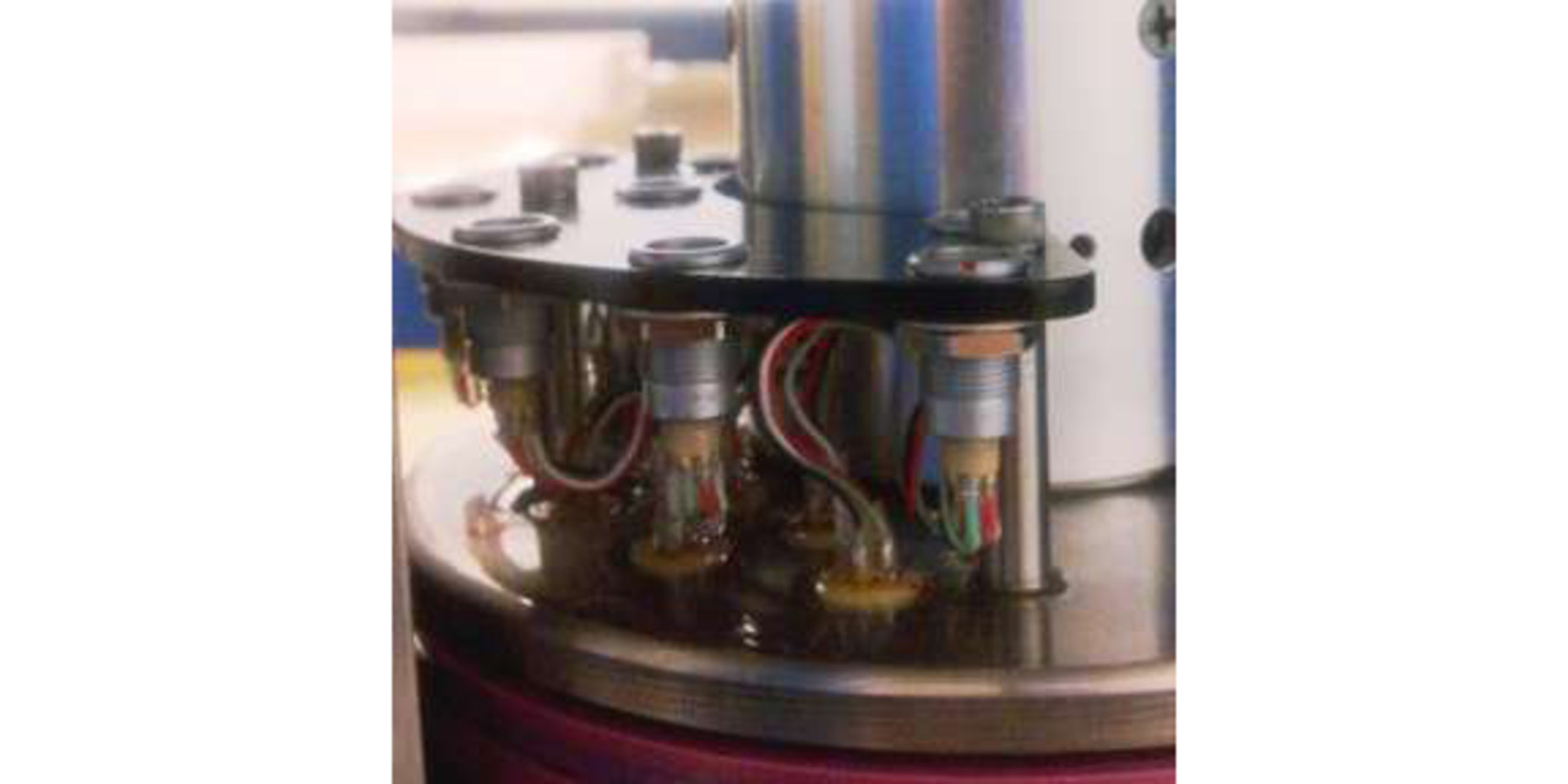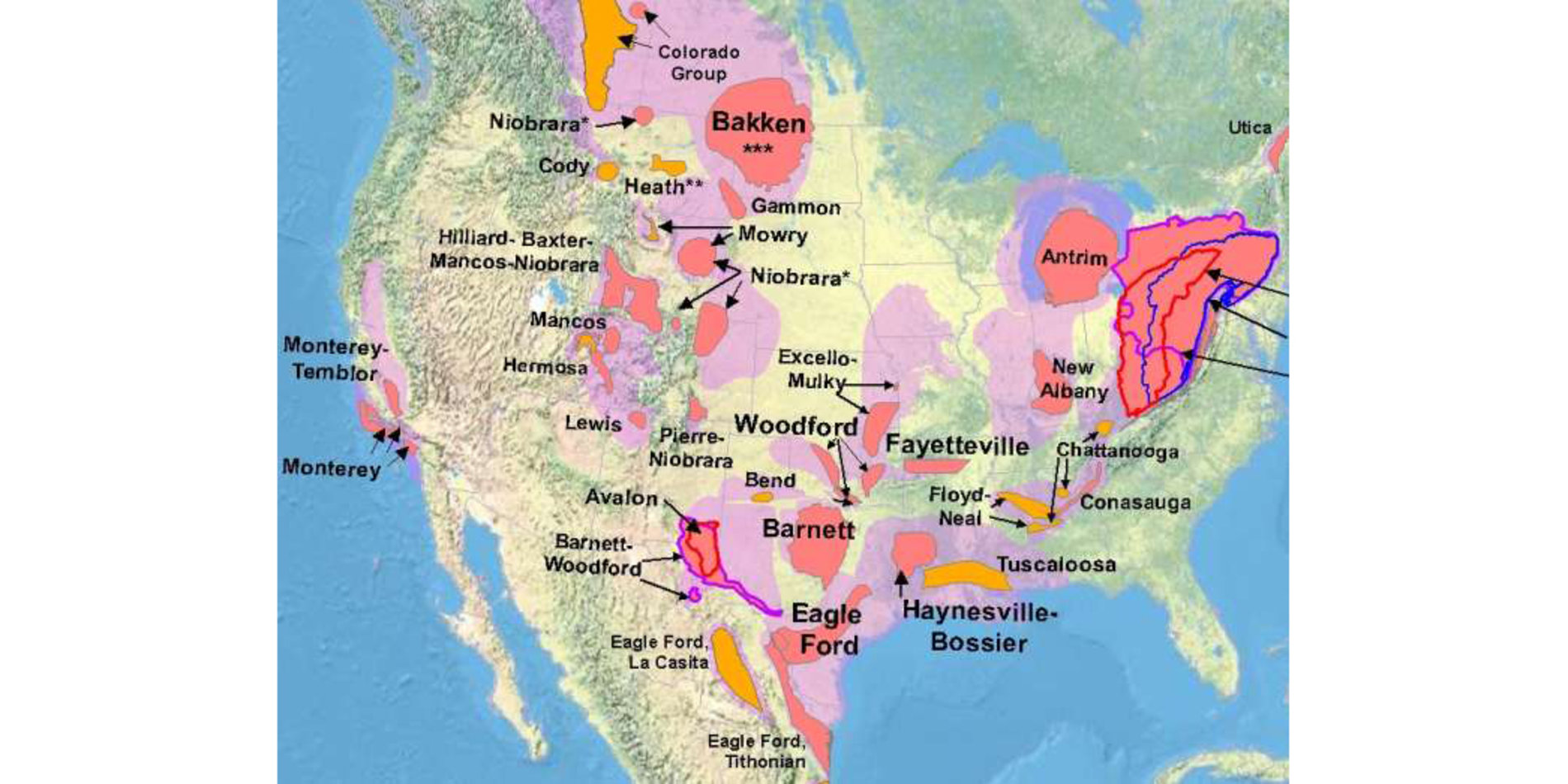Research
Main content start
Topic Areas

Faulting and Crustal Mechanics
Our group carries out a variety of studies that approach problems of faulting and crustal mechanics in geologic environments by integration of various types of data. Typically, these studies involve working with data on the magnitude and orientation of in situ stresses, seismological data, geodetic data, etc.
Active Research
- Effects of depletion and injection on conventional and unconventional reservoirs.
- Topic Area: Reservoir Geomechanics
- Modeling, computation and applications of poroelasticity and poro-elastodynamics in fractured porous media.
- Topic Area: Rock Deformation and Fluid Transport
- Laboratory measurements of permeability and gas transport in shale reservoir rocks
- Topic Areas: Rock Deformation and Fluid Transport and Reservoir Geomechanics
- Fluid penetration measurements of shale gas for pore size distribution
- Topic Areas: Rock Deformation and Fluid Transport and Reservoir Geomechanics
- Micro- and nano-imaging of shale gas for porosity estimation and numerical permeability simulation
- Topic Area: Rock Deformation and Fluid Transport
- Constrained geomechanical modeling of Marcellus shale gas reservoir rocks via hydraulic fracturing data and microseismicity
- Topic Area: Reservoir Geomechanics
- Stimulation mechanisms of permeability in shale gas/tight gas/tight oil reservoirs including hydraulic fracturing, microseismicity, and slow slip on faults
- Topic Areas: Reservoir Geomechanics and Faulting and Crustal Mechanics
- Multiplets as a tool for assessing hydraulic fracturing operations in shale reservoirs
- Topic Areas: Reservoir Geomechanics and Faulting and Crustal Mechanics
- Viscoplastic deformation of organic-rich shales and its effect on rock properties, the state of stress, and the evolution of geologic structures
- Topic Areas: Rock Deformation and Fluid Transport and Faulting and Crustal Mechanics
- Mapping of crustal stress orientations and relative magnitudes over the conterminous United States using in situ measurements, inversions of earthquake focal mechanisms, and emerging techniques
- Topic Areas: Faulting and Crustal Mechanics and Reservoir Geomechanics
- Numerical modeling of the tectonic and geodynamic factors that control the intraplate stress field
- Topic Area: Faulting and Crustal Mechanics
- Assessment and management of risks associated with induced and triggered seismicity
- Topic Area: Reservoir Geomechanics
- Developing a better understanding of the physics of fluid-induced earthquakes
- Topic Areas: Faulting and Crustal Mechanics and Reservoir Geomechanics


